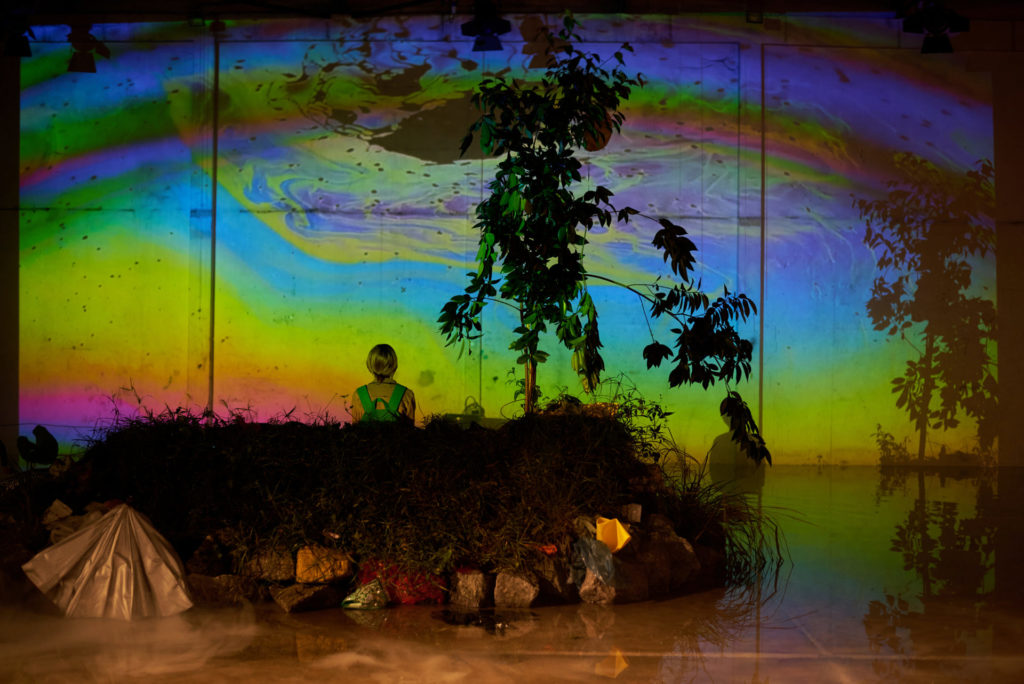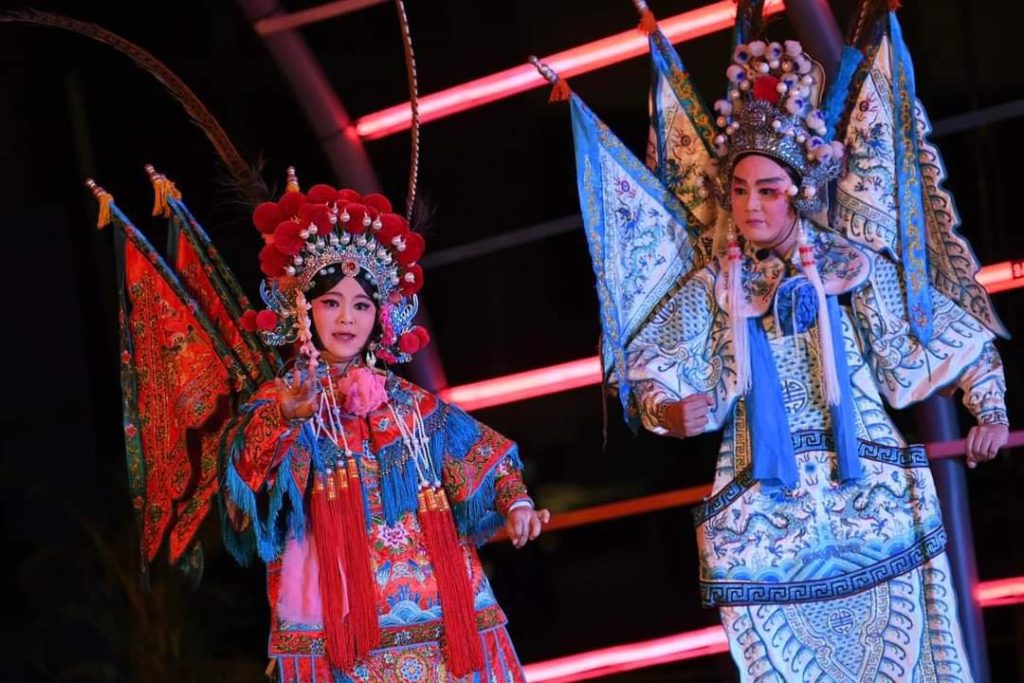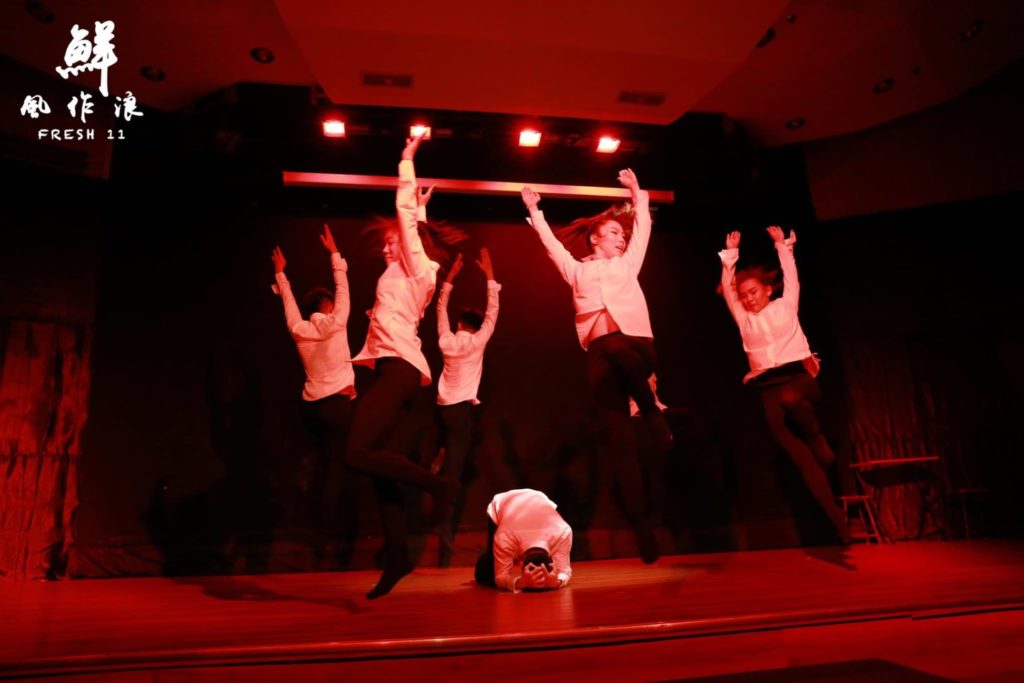
Fairuz Sulaiman has been in the visual arts industry since 2002 as a multi-disciplinary artist.
By DANIAL FUAD
THESE days, it is much more common to find people who have successfully carved out careers in art than many years ago, when it was very much a niche area. Take Fairuz Sulaiman, for example, an artist who has been in the industry for 20 years working with projection and animation.
“I had often wondered why one needed to spend hours on a computer just to create a few seconds of footage in animation. So, I tried making analogue animations using live video cameras and projecting them onto a wall instead,” said Fairuz.
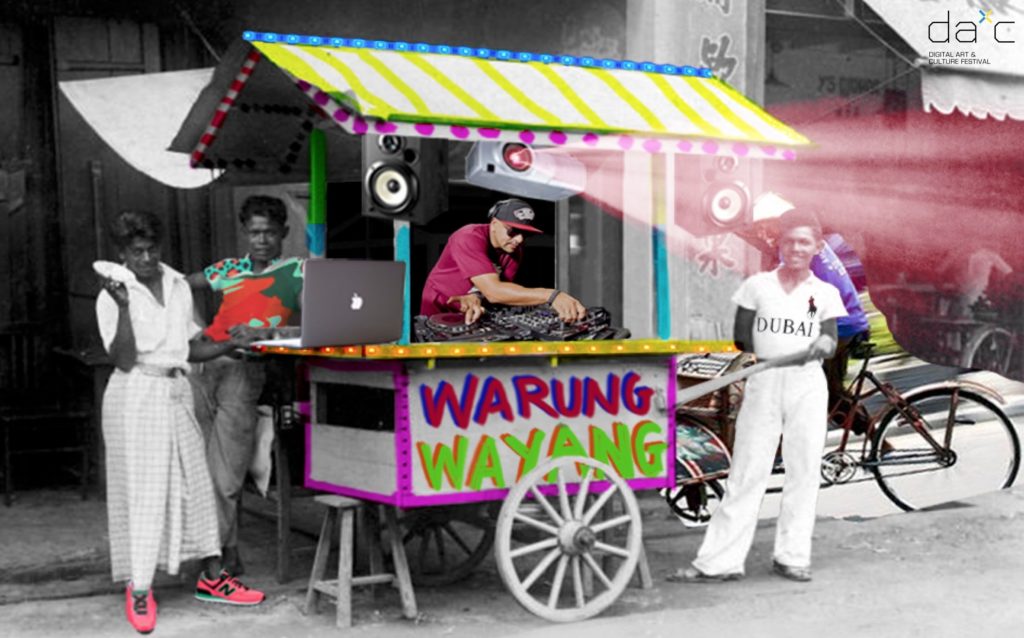
“That was the beginning of my foray into art, before I moved onto making visuals for theatre, art installations at festivals and currently I am working a lot with young children and teenagers making multimedia wayang kulit shows with sound, projection and animation,” he added. Fairuz has, over the years, created visual works for several prominent theatre directors such as Zahim Albakri (Tarap Man in 2007), Loh Kok Man’s Arus Gangsa in 2014, and Kwang Tung Dance Company’s Bisikan Monsoon in 2018, which received the Best Multimedia Design award at the 16th BOH Cameronian Arts Awards.
The artist has worked overseas in Japan for performances at the Yamaguchi Center for Arts and Media, and also received The Japan Foundation Asia Center Fellowship Program in 2015-16. He said: “Collaborations are very important to me, especially with people outside of Malaysia because here we have our own ideas of what art is, but by working with other people, we are able to see their perspectives.”
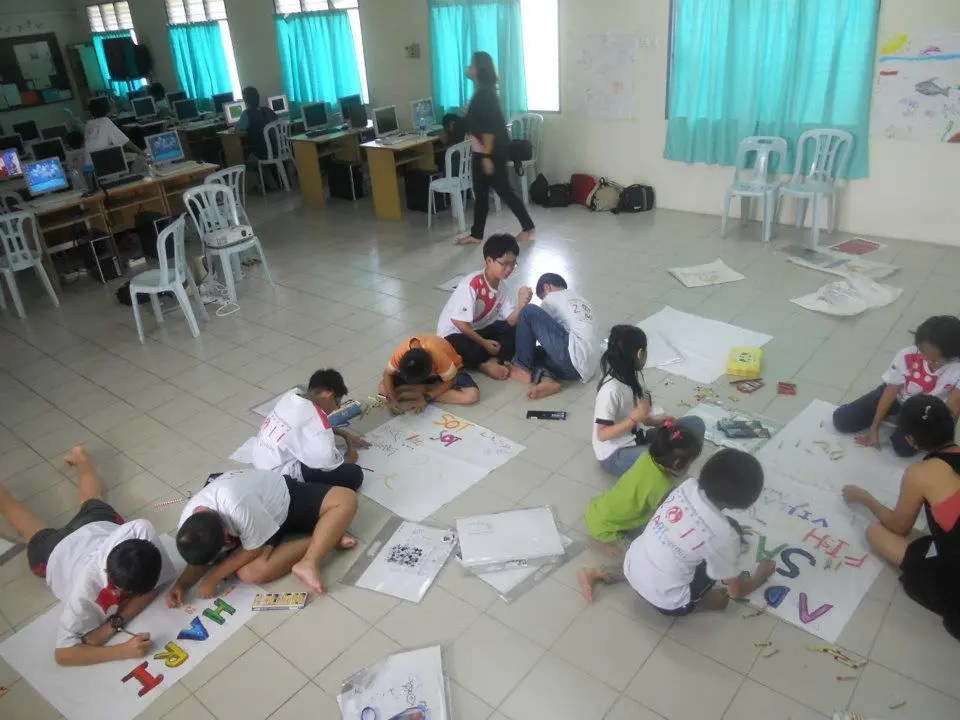
“Currently, I am working on many educational workshops because I feel not much focus is given to access to art,” he said, sharing that he works with marginalised communities including Orang Asli, B40s and migrant workers. One of the noteworthy programmes that he has done in the past, was the Sasaran Art Festival 2011, where he worked with children in Sasaran, a fishing village located in Jeram, Selangor.
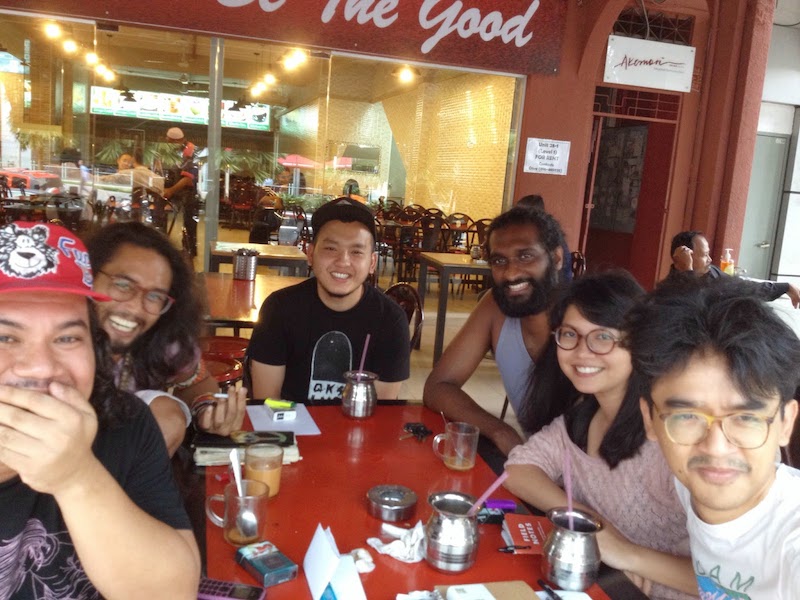
Fairuz recently completed a one-month stint in an Orang Asli village in Bota, Perak. He said: “I am working with the Orang Asli communities by looking at their knowledge, technology, skills, craft and folklore to elevate their lives. We would like to collaborate with them and instead of our own work, we exhibit their artwork so that they can express what they want to say.” He is currently a part of a collective called Sekolah Main Wayang, together with Ayam Fared and Sudrashan Kumar.
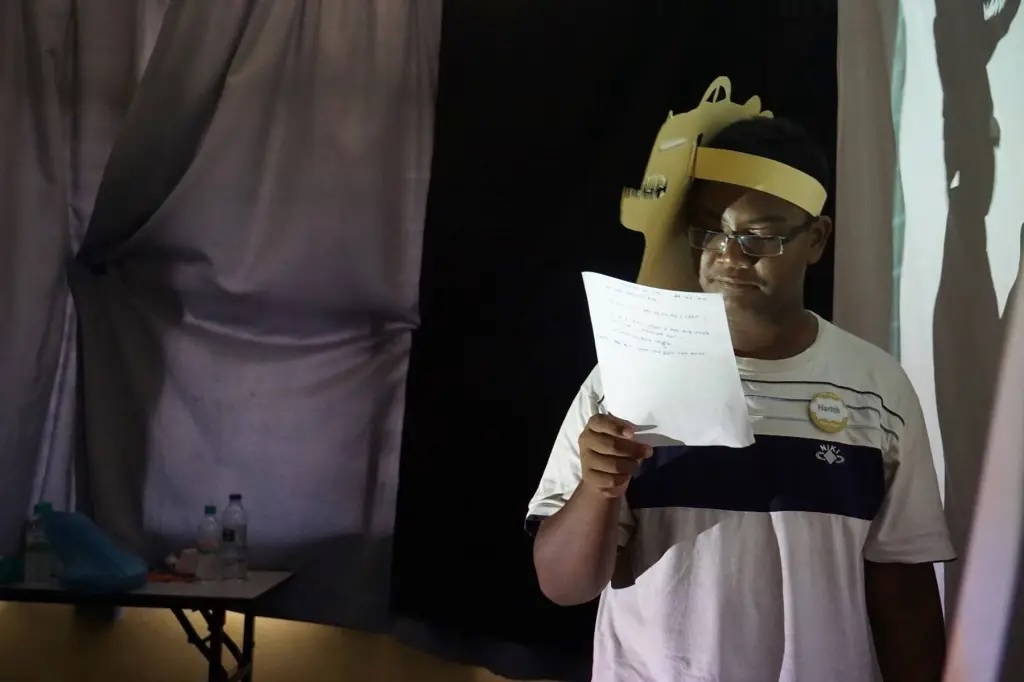
He talks about how “success” is subjective and how the goal post shifts at different points in time. “I have been able to secure grants for what I do, and people are interested in my work, so to some that may be considered success.”
“A career does not necessarily have to be related to money and fame; for me a career in art equates to something that can be done sustainably for yourself or the community, together with friends or collaborators,” Fairuz states, adding, “I might not become famous for what I do currently but the kids that I work with remember my face and name and that is reward enough.”

He shared, “In one of the workshops with the Orang Asli, there was a kid who was initially very shy and reserved but at the end of it, he was confident enough to share his project with what broken English he had with tourists; to me that was a success, and the sort I would strive for.”
Living in this day and age, there are various other way to become successful in art as more and more fields are opening up that require expertise in the arts such as being a cultural worker, writer or an art educator.
It is up to each individual to pursue their desired path. Sometimes, people might not have the necessary skills to be an artist, but they can support the arts in other ways and develop a successful career all the same. Fairuz’s advice? “Always check your intentions and then whatever happens, learn to accept it.” More info regarding Fairuz’s artistic practice can be found on his website.
Follow other exciting articles on BASKL through this links below:

